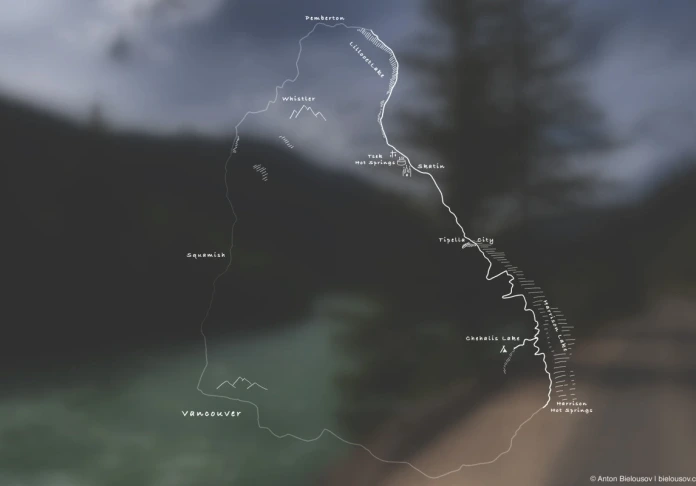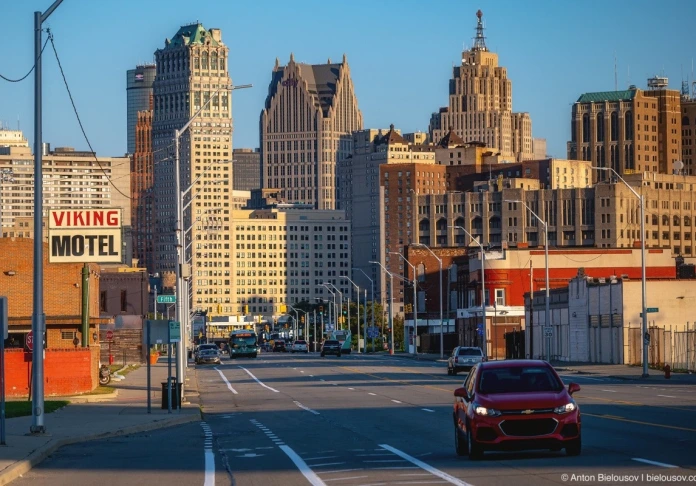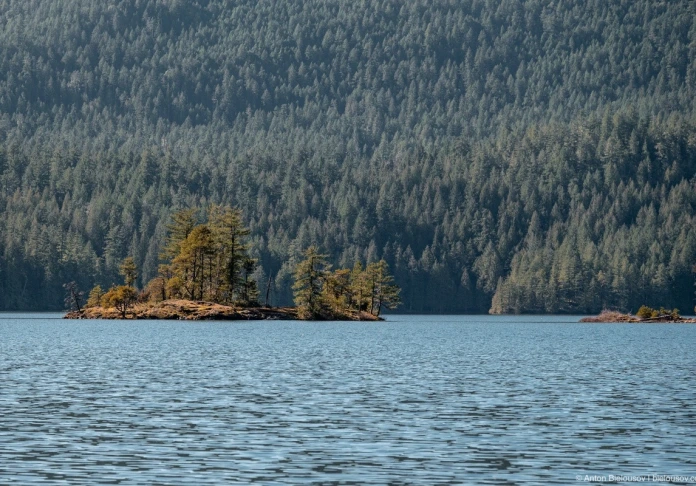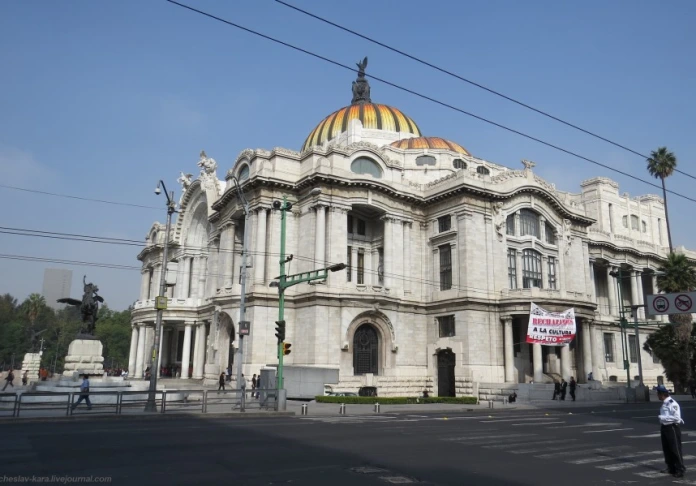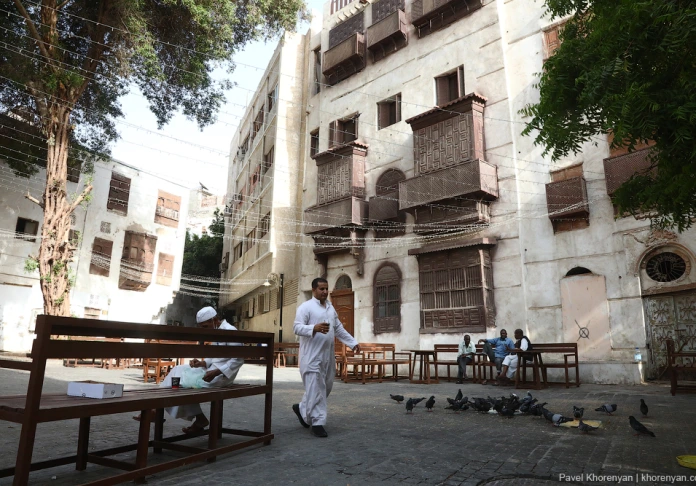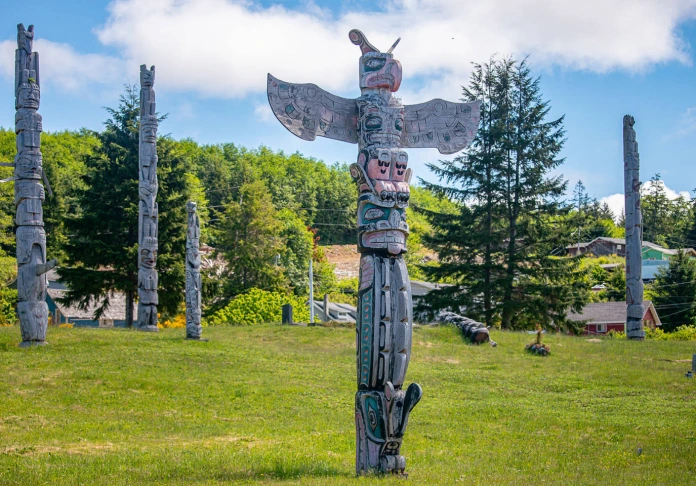The Hanseatic city of Stade
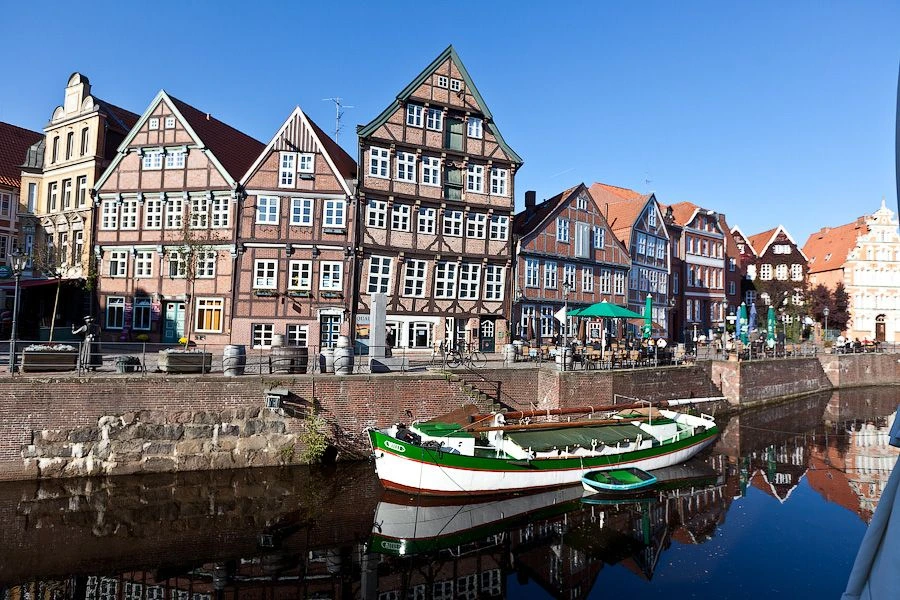
Stade and Buxtehude - one of those cities where you can come once or twice in warm weather. Take a walk, drink, eat something tasty and local and go back.
Both are located on the left bank of the Elbe and you can reach them or paromchike, which departs from the suburbs of Hamburg Blankenese, or a detour through Elbbryuke (literally - the bridge over the Elbe) . By the way, the city is a bit like Lübeck. The most important similarity - that's what the old city is located on a kind of island. Across the river to throw a lot of bridges.

The first inhabitants were in these parts for a thousand years before Christ. In the 9th century AD, there was already a town with a harbor. In 994, the village was looted and burned by the Vikings, but it was with this sad event and began immediate history of the city, because then it was the first time - under the name Stethu - mentioned in the chronicles.On one of the peninsulas have open-air museum - a typical peasant homestead .
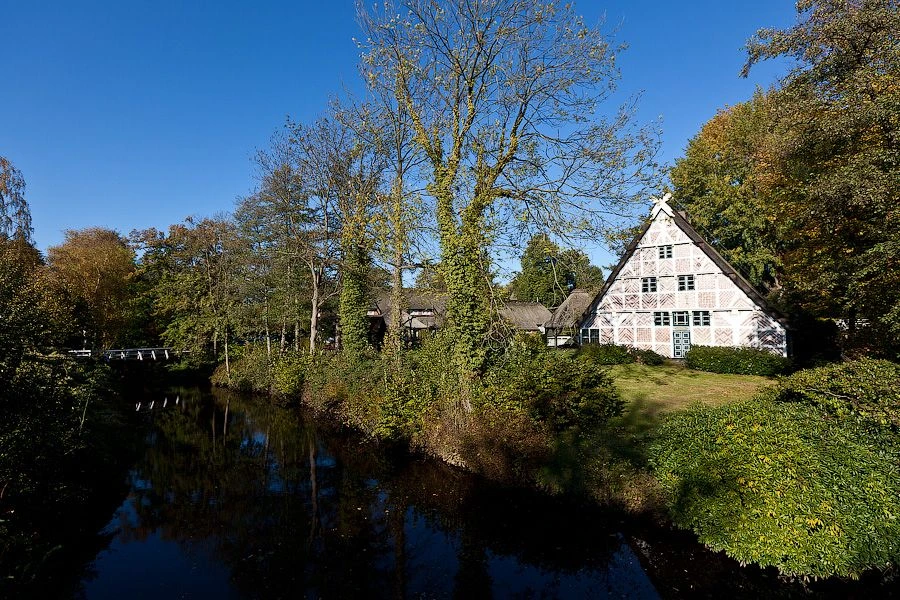
Now it is the territory of the restaurant. In the photo - Schumacher parents for breakfast.

In this mill you can climb.
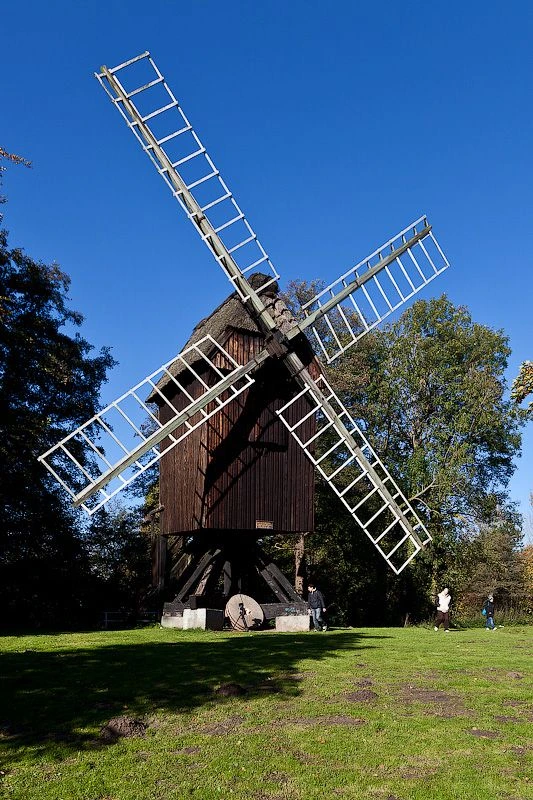
Such millstones ground grain. Now some of these museums can still grind in the same manner clean flour from grain cleaner. Sometimes it seems to me that the German milk with the label "Bio" is different from the usual flavor "cow's udder", and eggs - a special powder type "bird droppings".
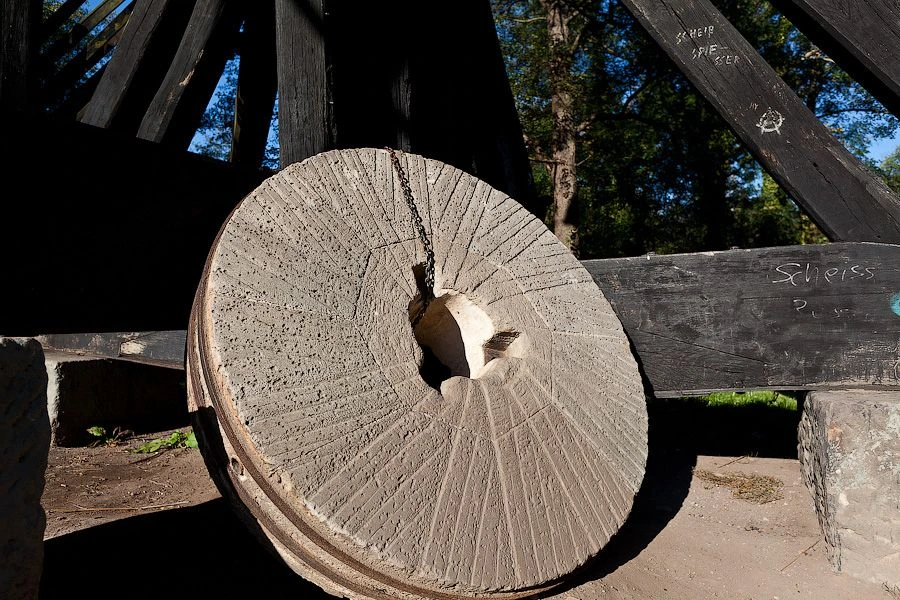
Traditional arch before entering the courtyard.
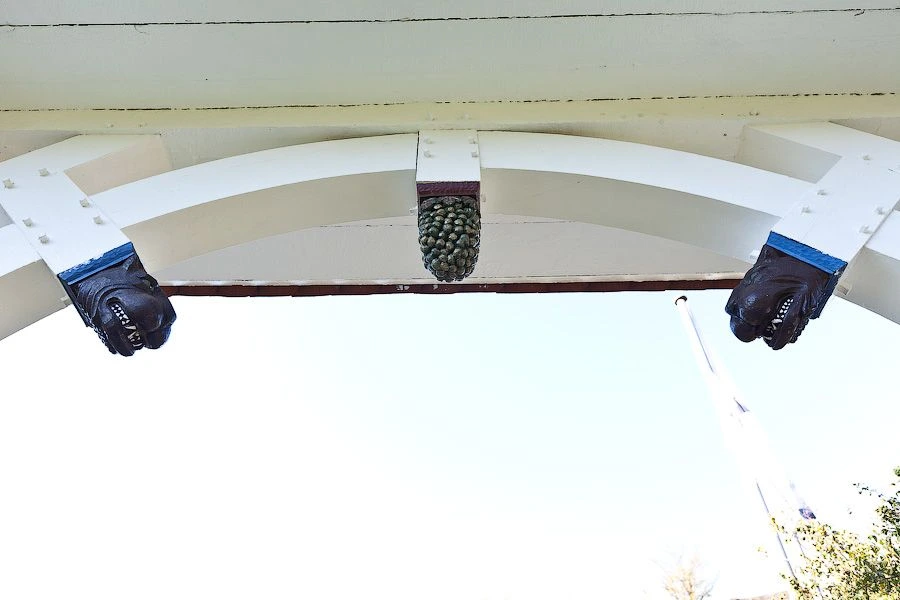
Well, you've seen the hatch.
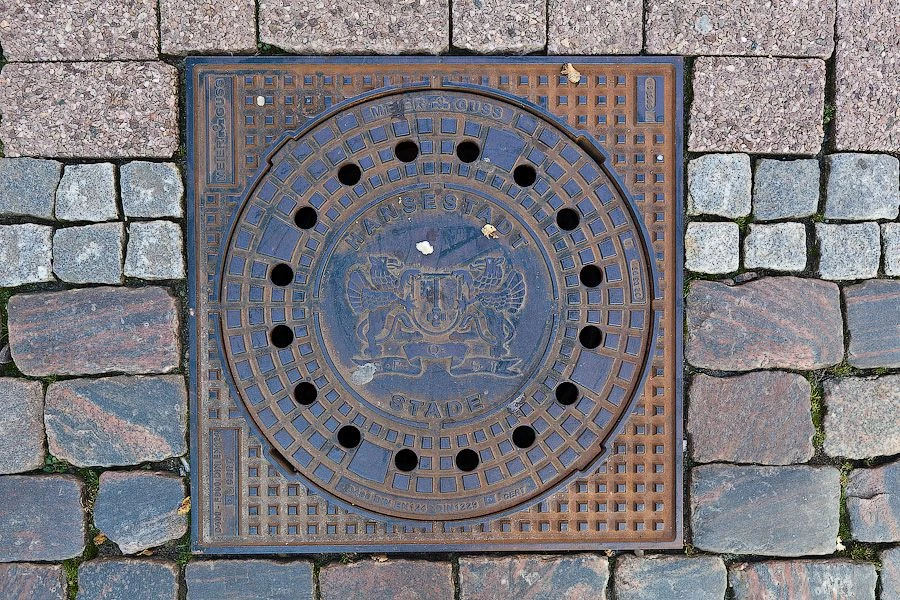
Stade was a Hanseatic city, as well as Bremen, Hamburg and Lübeck. However, due to receive in 1587 the English merchants trading cloth, Stade was in 1601 expelled from the Hanseatic League.
During the Swedish domination (1645-1712), the city has been turned into an administrative center and became a stronghold of European importance. The costs of the European wars of Sweden weakened economic potential of the city and in 1715 he came under the influence of Hanover, and for a long time. Only in the XIX century. town slowly revived and was able to join to the general economic recovery. Fortifications around the city began to pluck only from 1880, now on these ramparts surrounding the city, you can just walk and look at the river
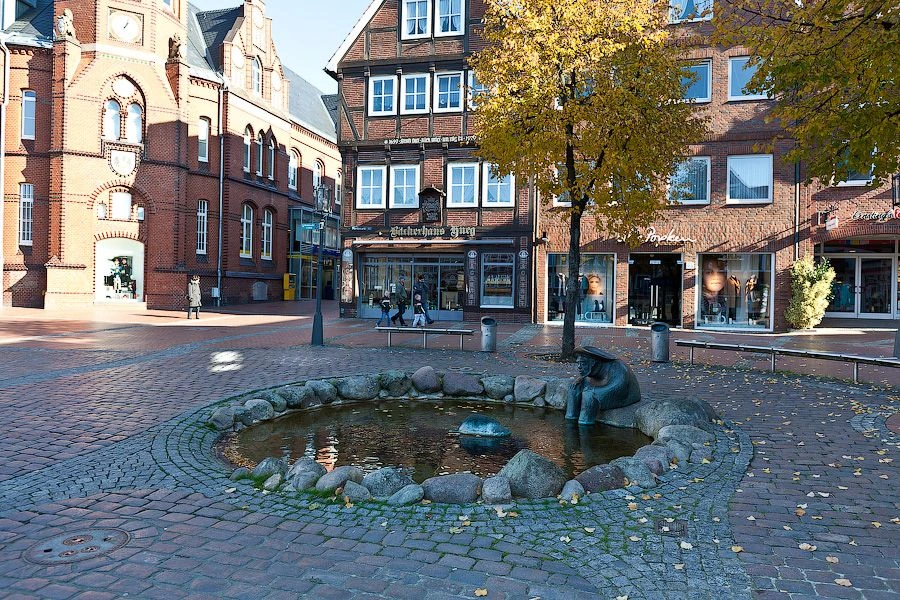
Sometimes in the street you can find quite unexpected characters. I think you can guess who it is and where it is going.
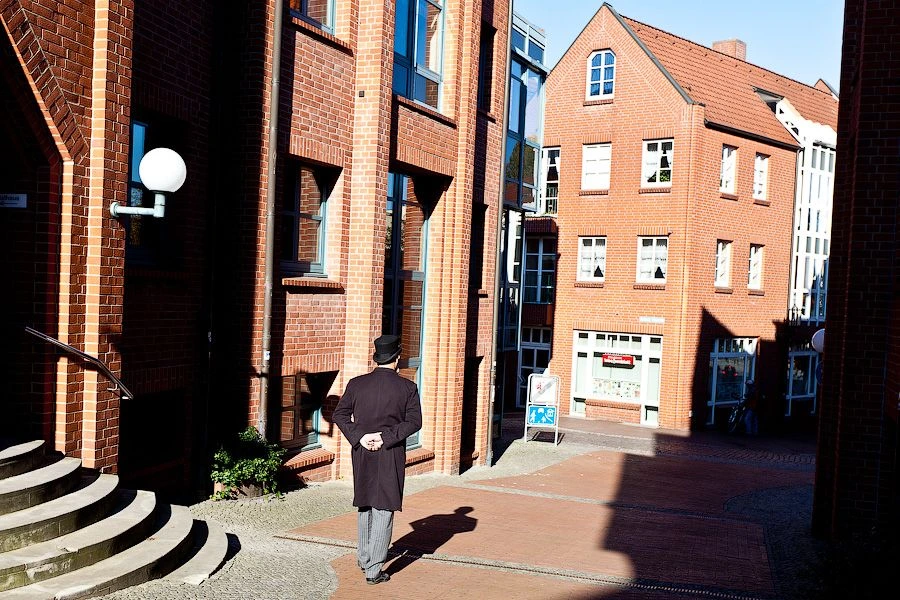
Though the city and small, its oldest part is very interesting. Beautiful half-timbered houses, and the very real. There is nothing touched by the war (except that the Thirty Years); only in 1659 there was a terrible fire that destroyed two-thirds of the buildings. Today belongs to the Town Hall in 1667 and is called the Old (Alte Rathaus).
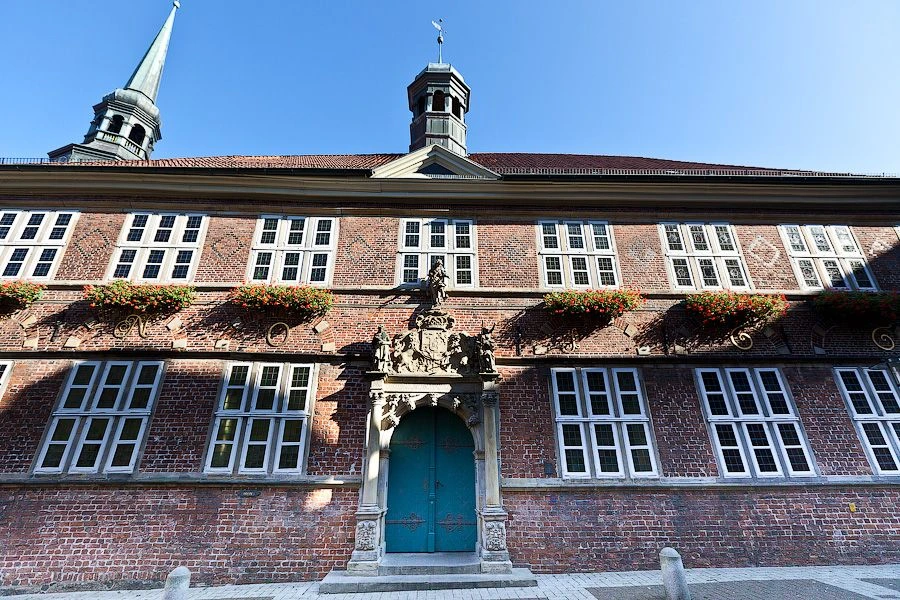
Stade - early Baroque half-timbered town. Most of the historical facade houses belong to XVII - beginning of XVIII century, the so-called Swedish Period (1645-1712). But preserved half-timbered houses of the XVI century.
Also interesting is the facade of the so-called Hökerhus (lit.. House Deli, address Hökerstr. 29) - merchant's house late medieval period. Actually Baroque façade was built in 1650 and, fortunately, was not injured during the fire.
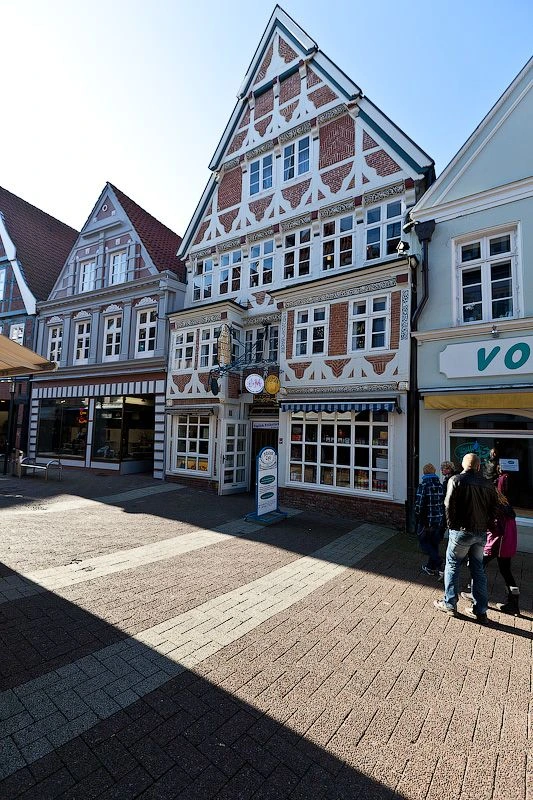
A three-storey, very wide (and earlier was even wider!) Traufenhaus (something like "Cornice house" or "House of the gutter"). House at Bäckerstr. 1-3 was built in 1590 for a wealthy merchant cloth. Magnificent Renaissance facade. The building is decorated with 26 carved "polusolnts" (mind you, not crescents!) (In general, I must say, it's pretty typical for the local architecture detail):
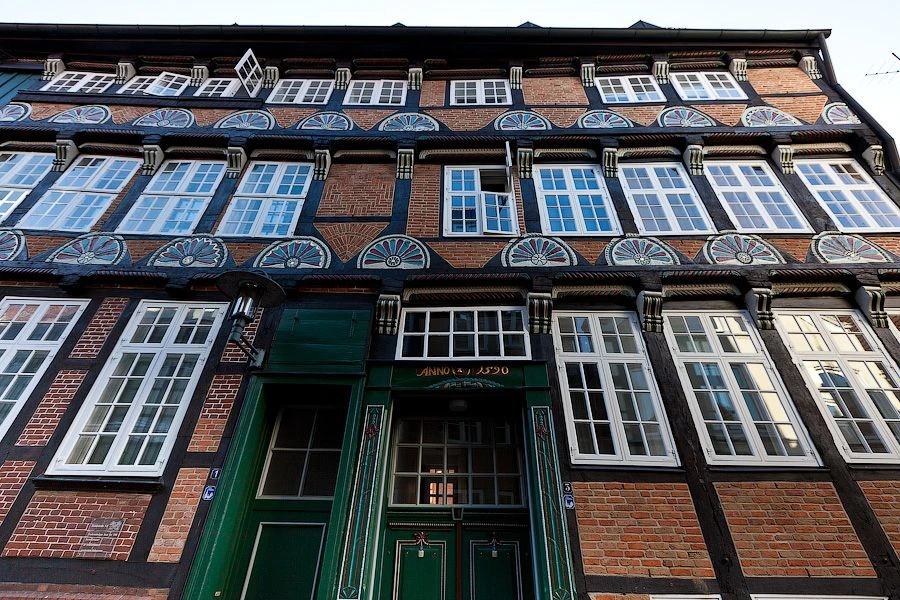
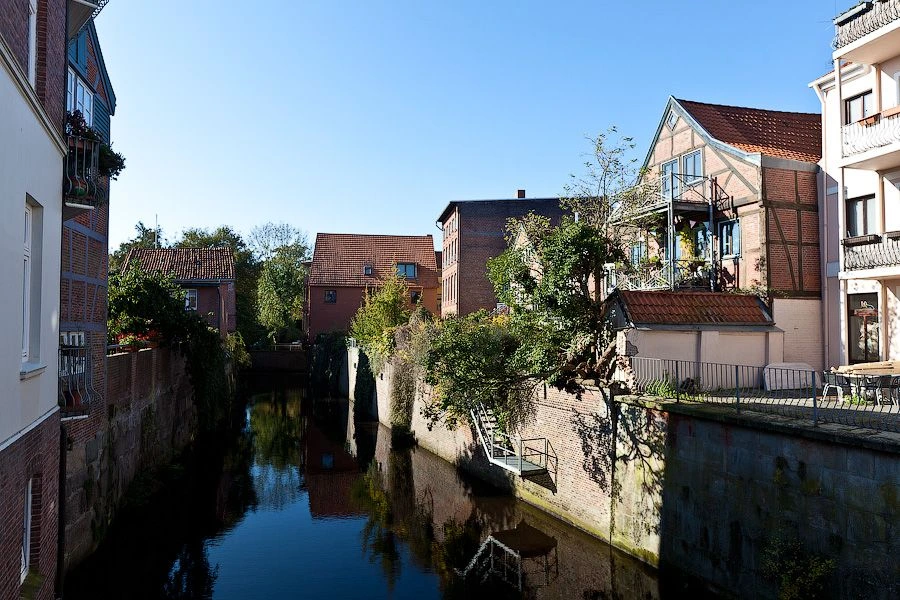
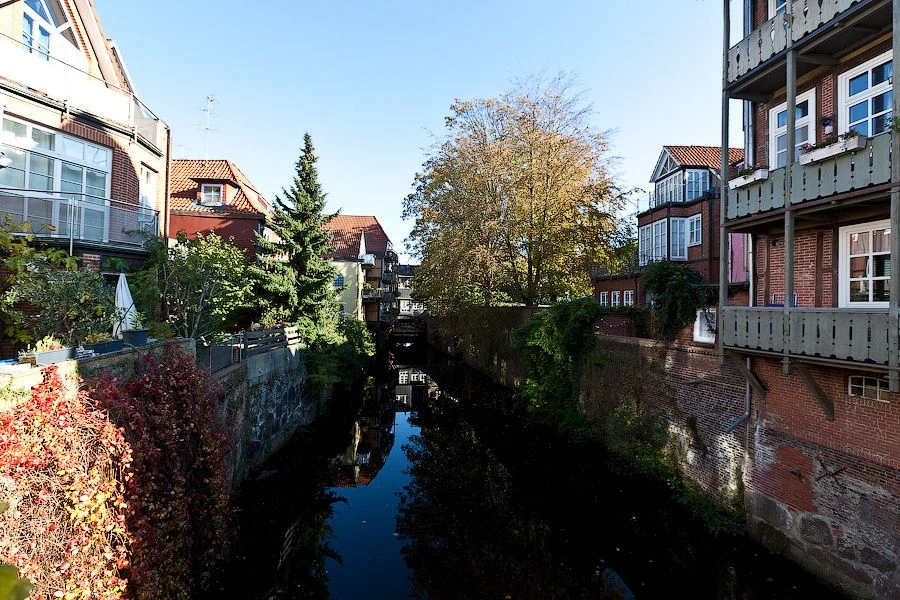
We leave the embankment Fischmarkt. This crane had served for the loading and unloading of arriving here in the harbor ships. In 1898, the crane was dismantled and rebuilt in 1977 on the model of Lüneburg in 1661.
In the Middle Ages practically lived inside donkeys or horses who went around and twisted winch. Now live here Turks and Russian.
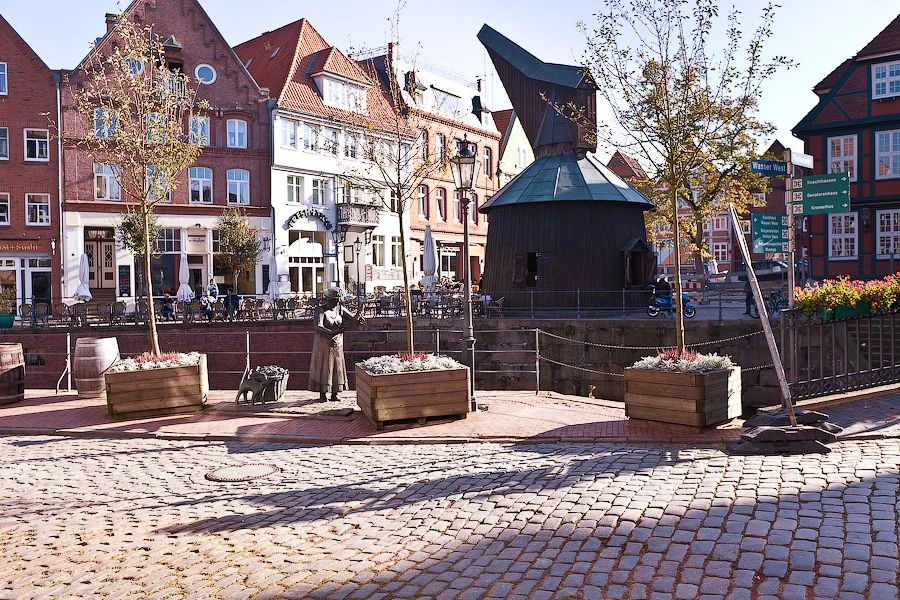
Crane - a monument of architecture.
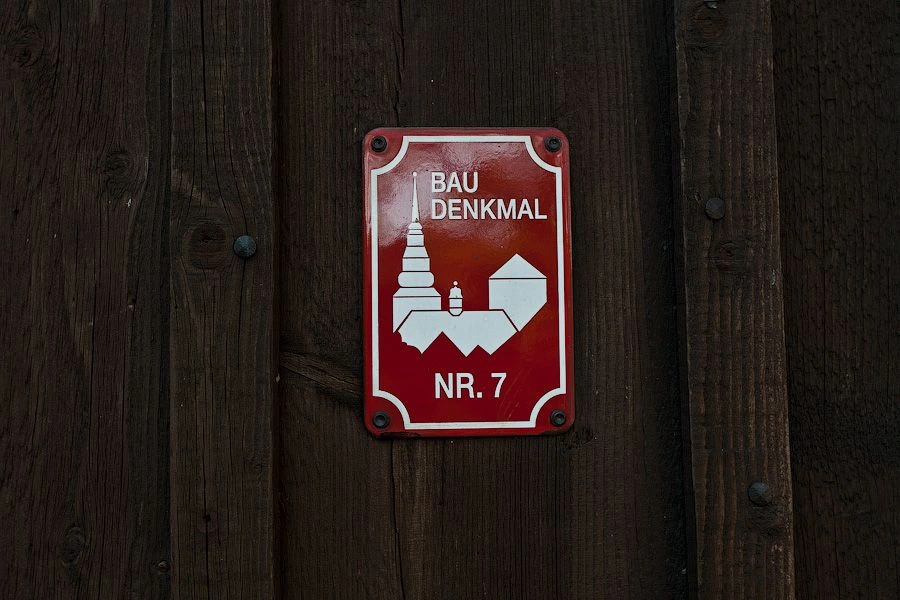
Sailboat somehow been with folded mast. He is not quite old - construction 20s.
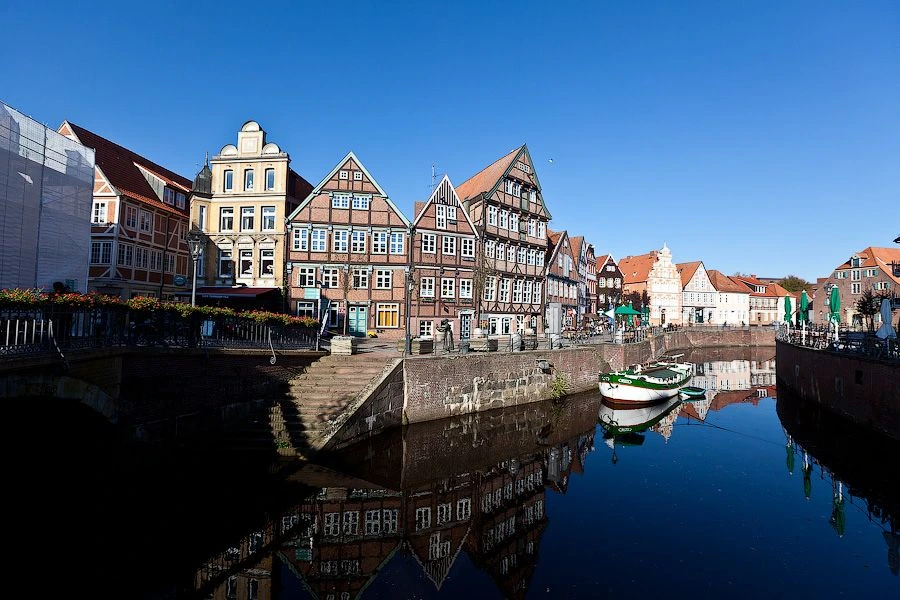
Stade laced with canals, much like Bruges, with a lot of gateways.
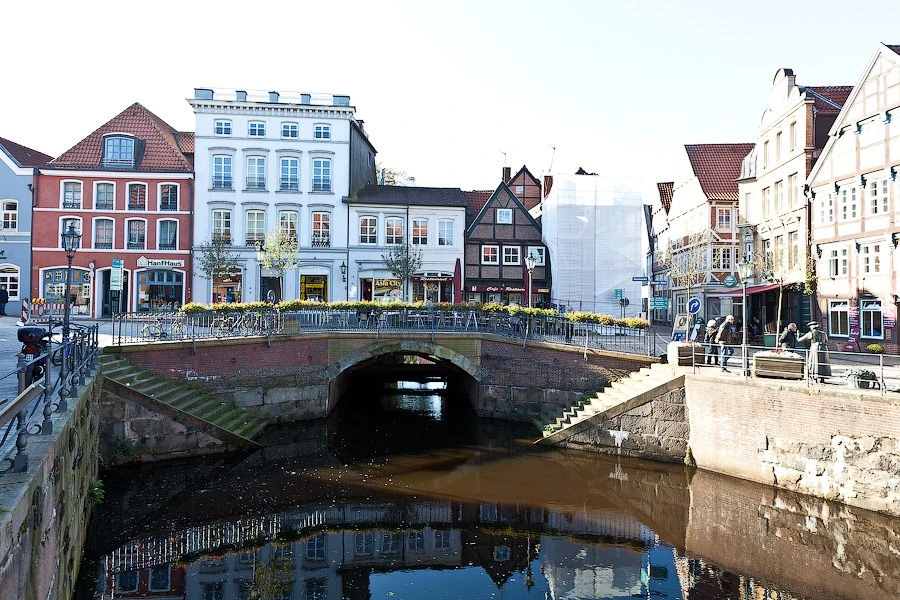
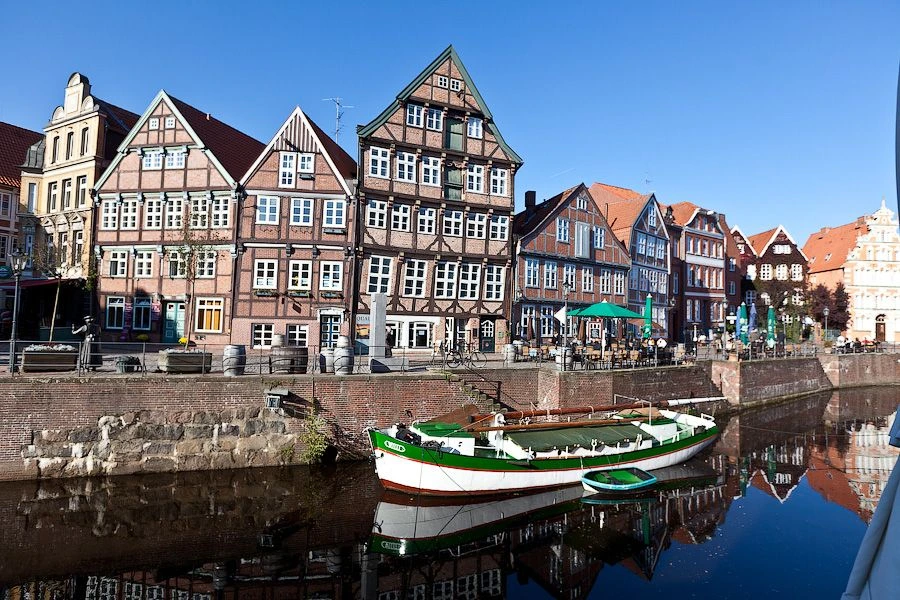
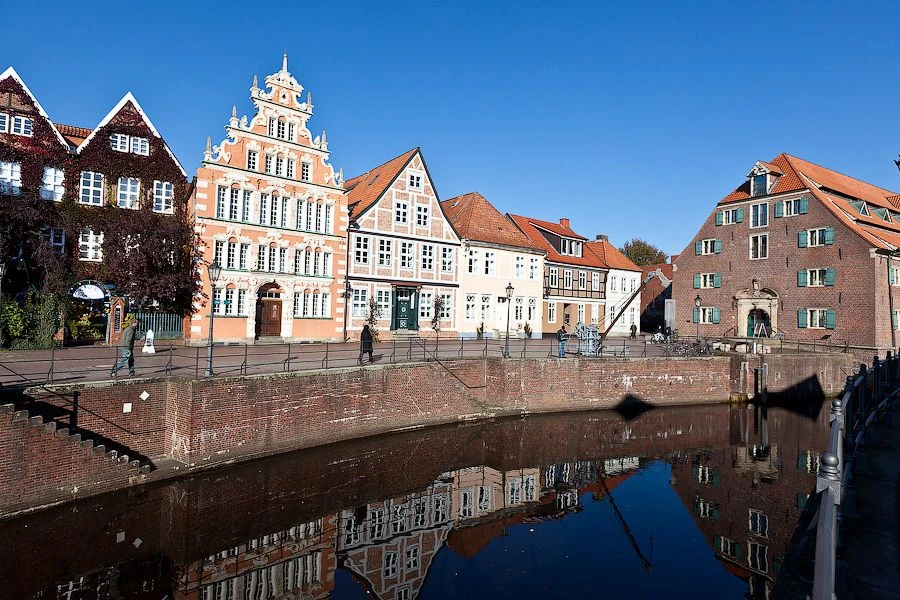
On the waterfront - the installation.
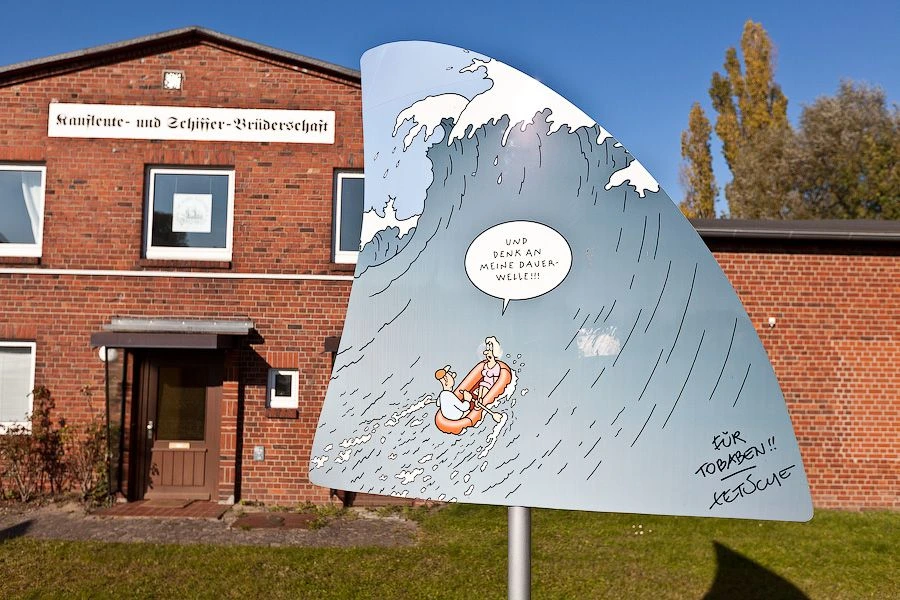
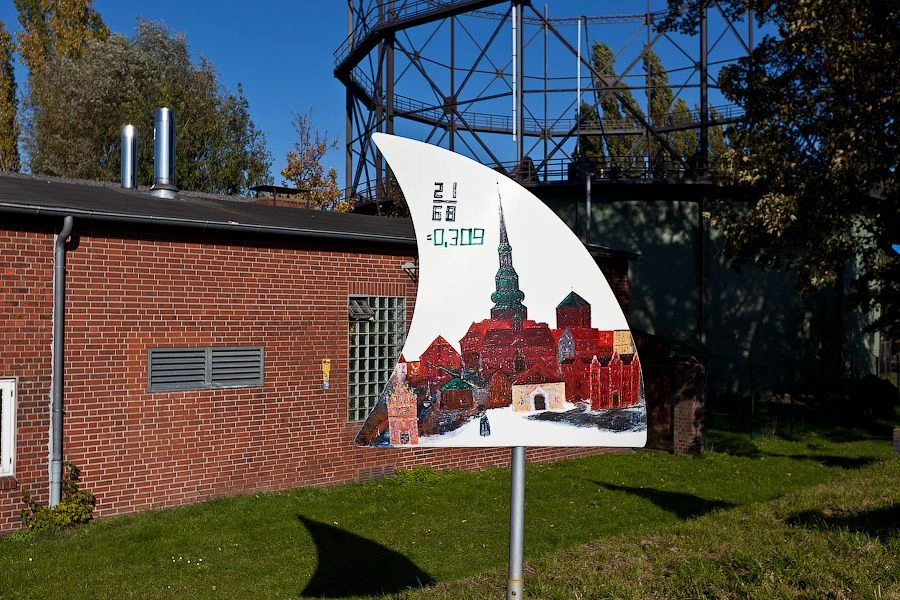
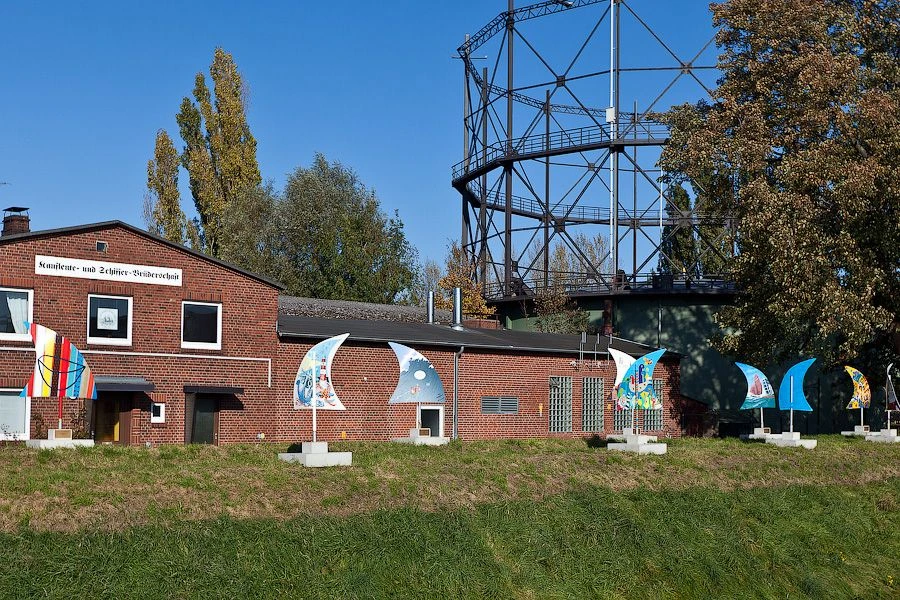
Half-timbered houses gradually replaced by hi-tech
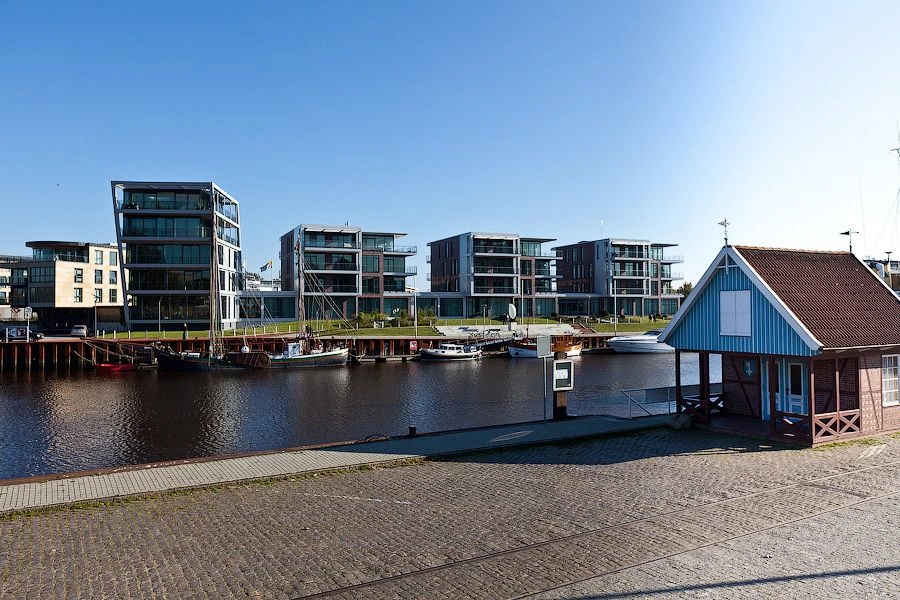
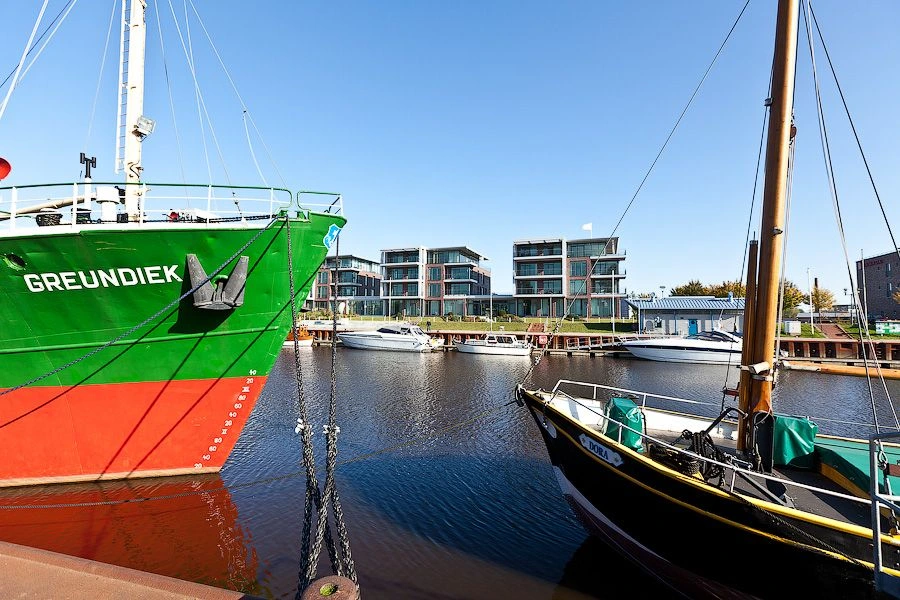
Xafenmayster
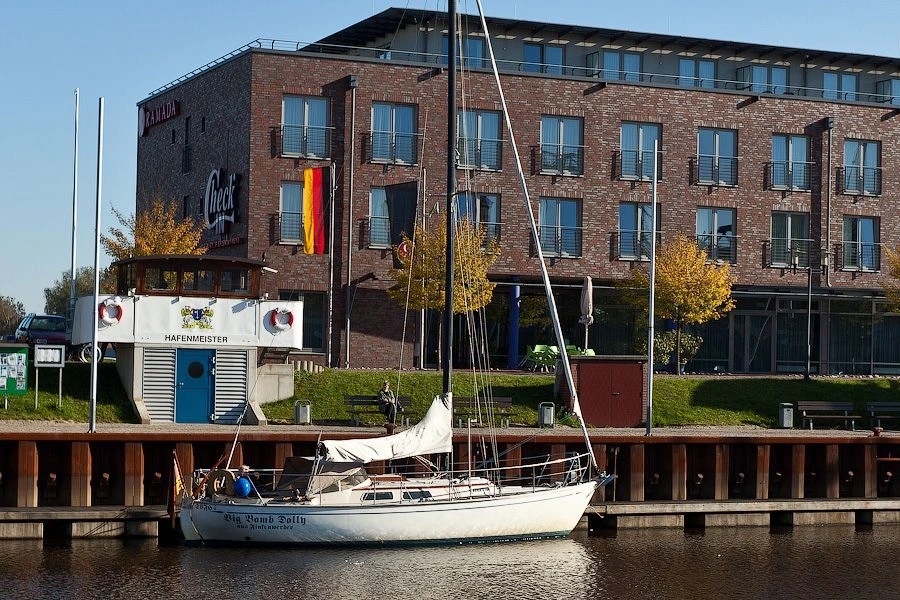
Dockside crane
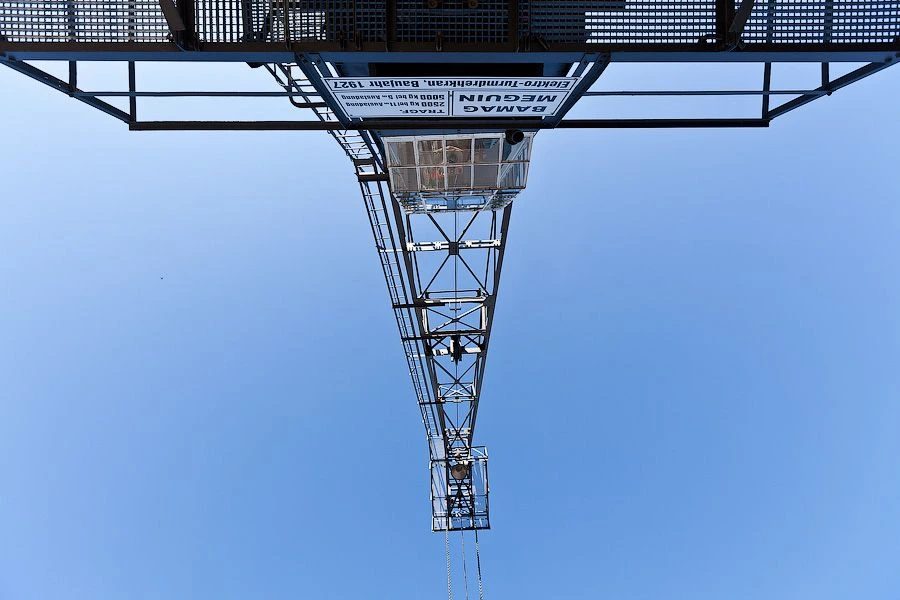
Gateways
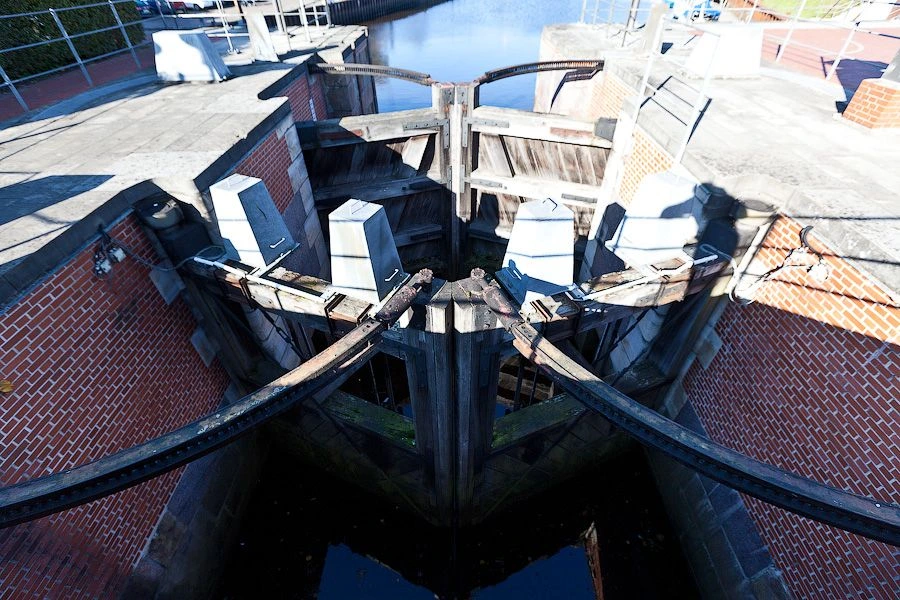
That's all. Could not pass cute mushrooms. At first thought it was some kind of metal residues. It turned out that it seemed.
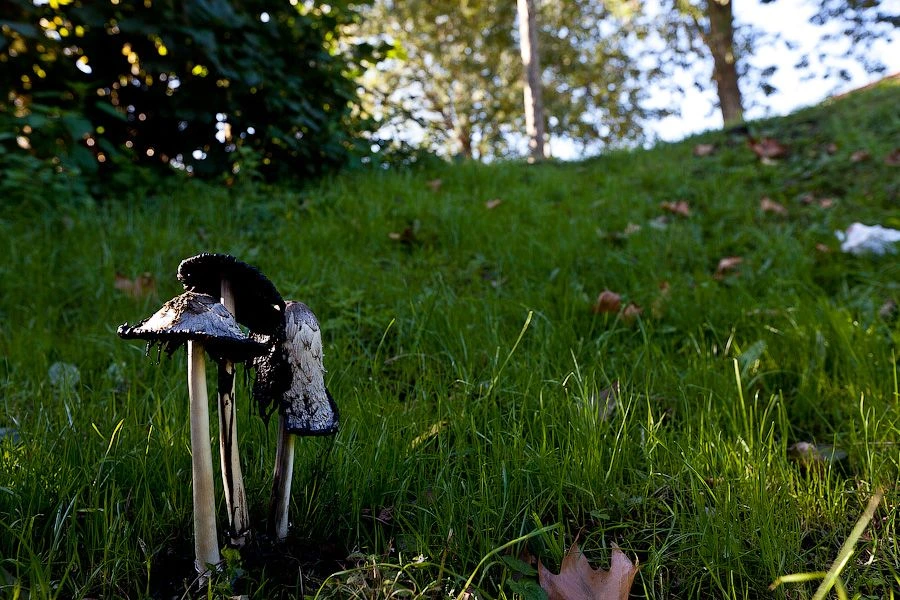
By the way, navigators are deceiving: despite 30 kilometers and 30 minutes on the road, you will make a detour to the Stade about an hour. Bonus - see Altes Land - the famous orchards in the valley of the Elbe.

